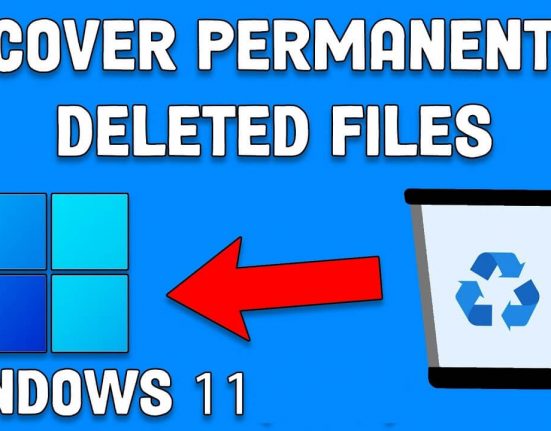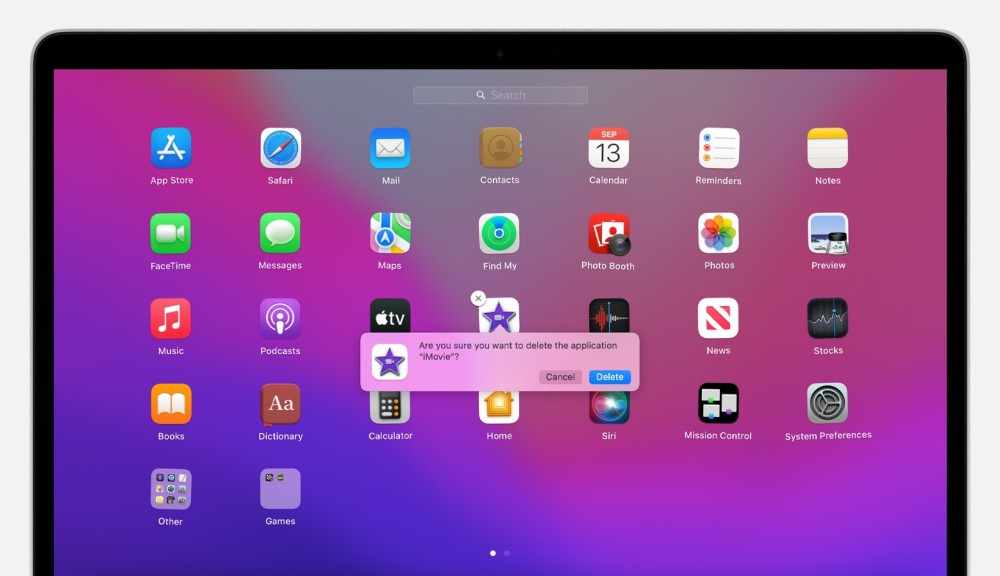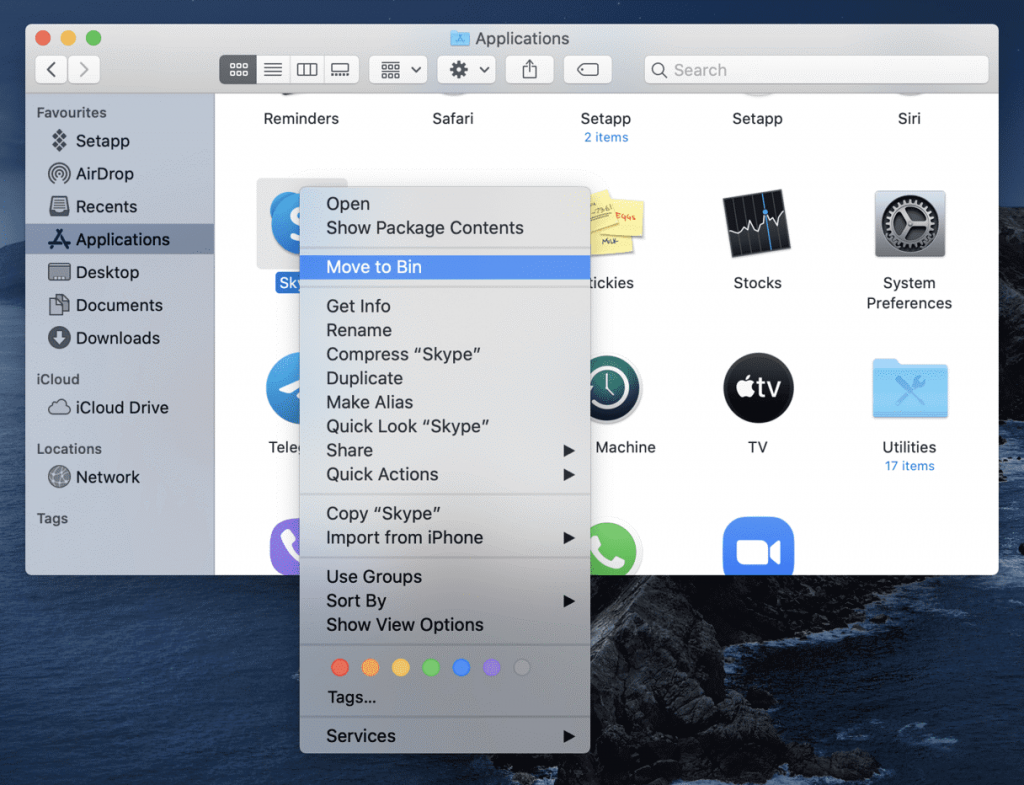Package the Microsoft of Office is developing since the early 1990s, and during that time all his applications have hundreds of new features. However, some users still prefer older versions of office applications. Is it worth buying a new version of Microsoft Office if everything works in the old one? Let’s try to figure it out.
Why aren’t users updating?
So, it’s already 2020, and many home users continue to work with documents in Microsoft Office 2007. Why it happens? There are several reasons:
1. Unwillingness to change habits and master the new interface of the office suite. In the 2007 version of Microsoft Office, a Ribbon interface (Ribbon) appeared, which still not everyone likes – there are even third party utilities that return the classic menu to the office suite, for example, UBitMenu. The move to flat design for Metro style controls in Microsoft Office 2013 also generated controversy.
2. The need to pay extra for updating the office suite to the current version. In some cases, new versions of Microsoft Office could be obtained free of charge – for example, license holders of Microsoft Office 2010 could receive version 2013 if the license was purchased within a certain period of time (about six months, at the end of the support period of the previous version). However, not everyone managed to take advantage of the opportunity.
3. Desire to maintain maximum compatibility with documents created in previous versions of Microsoft Office.
4. Inability to work in new versions of the office suite on computers running outdated operating systems.
These reasons motivate some users to work in versions of Office released more than 5 years ago. However, not everyone knows that using outdated versions can be unsafe.
How are legacy versions of Microsoft Office supported?
Potential dangers arise due to the fact that all outdated versions of the office suite are supported only for a certain period of time, and after the end of the support period for previous releases, security updates are no longer available. Alas, phasing out support is inevitable for outdated versions of almost any software product, Microsoft Office is no exception.
The Microsoft Office support period is 5 years from the date of the final release of the product or 2 years after the release of a new version. After that, the main phase of support ends, and only some of the most important updates are released for the product (for another 5 years). When the end date for additional support arrives, product security updates are no longer available. You can check the end date of support for any Microsoft product on the official website of the company.
If you use an unsupported version of an office suite that reveals a security vulnerability, you not only risk the safety of your documents, but also increase the likelihood of malware infection of your operating system.
For example, some Trojans (such as Kronos) are spread by scripts executed in Microsoft Office and exploiting vulnerabilities in older versions of the office suite.
How to secure the system and data?
From the above, we can conclude: outdated (and especially unsupported) versions of Office should be used only if it is impossible to upgrade to the current release – for example, if you are using an old laptop with Windows XP and the new office suite does not start on this device. In all other cases, we recommend using the new versions of Microsoft Office – they constantly improve the security system and at the same time maintain compatibility with documents created in previous versions.
The most convenient way to get the latest versions of the office suite is available to everyone who subscribes to Office 365. Users of this service from Microsoft receive all the necessary office software updates in a timely manner. Subscribers can arrange a subscription to Office on monthly or yearly basis as per requirements and get full versions of Word, Excel and other applications with all the latest security updates.
Owners of modern licensed versions of the office suite (first of all, Microsoft Office 2016, and Microsoft Office 2019), of course, will also receive updates. You can download them in several ways:
1. From Windows Update. This standard method will allow you to get basic security updates not only for the OS, but also for the office suite. For more information on Update Center, visit the Microsoft website (Windows 10 , Windows 7 and 8).
2. From the interface of the office suite itself and to the Microsoft Store. This method is also described in detail on the Microsoft website.
3. Using the open source utility WSUS Offline Update , which downloads updates from Microsoft servers and allows you to create a local update repository on your hard drive.
If, after receiving the current version of the office suite, you have any questions about using the updated interface, you can always refer to the knowledge base on the Microsoft website – there are many useful materials collected to help you master the new functions of Office.





